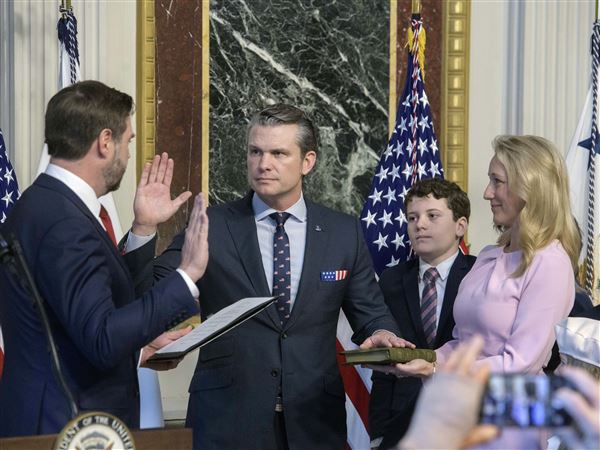According to the American Lung Association’s “State of Tobacco Control” report released on Jan. 29, Pennsylvania is failing many of its tobacco control efforts based on measures like the rate of tobacco taxes and missing restrictions on flavored tobacco. The Commonwealth received a slightly higher grade of “D” in smokefree air and access to cessation services.
Most glaringly, Pennsylvania received an “F” for its funding of tobacco prevention programs, which remain drastically underfunded at just a fraction (14.8%) of what is recommended by the Centers for Disease Control and Prevention (CDC). The legislature’s failure to invest in prevention and cessation programs has dire consequences.
High use
For example, Pennsylvania’s current smoking rate stands at 14.9% of the adult population, above the national average of 10.8%. Even more alarming is that the high school tobacco use rate is a disturbing 19.7%.
What we know to be true is that communities with higher smoking rates face an increased burden of diseases like lung cancer, heart disease, and respiratory illnesses, which not only devastate individual lives but strain local healthcare systems.
The failure to adequately fund tobacco prevention programs and cessation services is just one part of the problem. While Pennsylvania’s smoking laws have been lauded for instituting smoke-free workplace policies, loopholes in the 2008 Clean Indoor Air Act (CIAA) continue to put Pennsylvania workers and customers at risk of second-hand smoke.
Current exemptions in PA include bars with 20% or less revenue from food, casinos (up to 50% of the gaming floor), hotels/motels (up to 25% of rooms), private clubs and cigar bars. The American Lung Association is proud to be working with State Representative Dan Frankel here in Allegheny County to pass legislation to close these loopholes and protect the state’s residents from second-hand smoke in public spaces.
A new challenge
It is important to note that while smoking rates overall have been slowly declining, the rise of e-cigarettes and vaping products represents a new and troubling challenge. The use of e-cigarettes has increased significantly, especially among young people. Across the Commonwealth, youth vaping rates remain high, and many young people are using these products without understanding the serious health risks involved.
We are seeing a troubling trend where smokeless tobacco products are being marketed to the youth with enticing flavors and easily concealed vapes. Without adequate regulation, these products could undo years of progress in reducing tobacco use.
Pennsylvania needs a more robust, comprehensive strategy to address tobacco use. The state legislature needs to take three actions: increase funding for tobacco prevention programs that target high-risk communities including youth, create comprehensive statewide education campaigns about the dangers of e-cigarettes, and close the loopholes in the Clean Indoor Air Act.
Moreover, local governments, particularly in Allegheny County, must prioritize creating environments that make it easier for people to quit smoking, including greater access to smoking cessation tools, public health outreach, and support networks for those struggling with addiction.
Reducing the burden
Reducing smoking rates and preventing tobacco-related diseases requires a long-term, sustained effort from policymakers, healthcare professionals, and local communities. Investing in effective prevention strategies and raising awareness about the dangers of smoking and vaping will reduce the burden of tobacco use on Pennsylvanians’ health and the state’s economy.
With the right strategies in place, we can move closer to a healthier, smoke-free future for all. The status quo — with one out of every seven Pennsylvanian adults smoking — is not good enough. We must do better.
Elizabeth Hensil is advocacy director of the American Lung Association in Pennsylvania.
First Published: January 30, 2025, 10:30 a.m.















